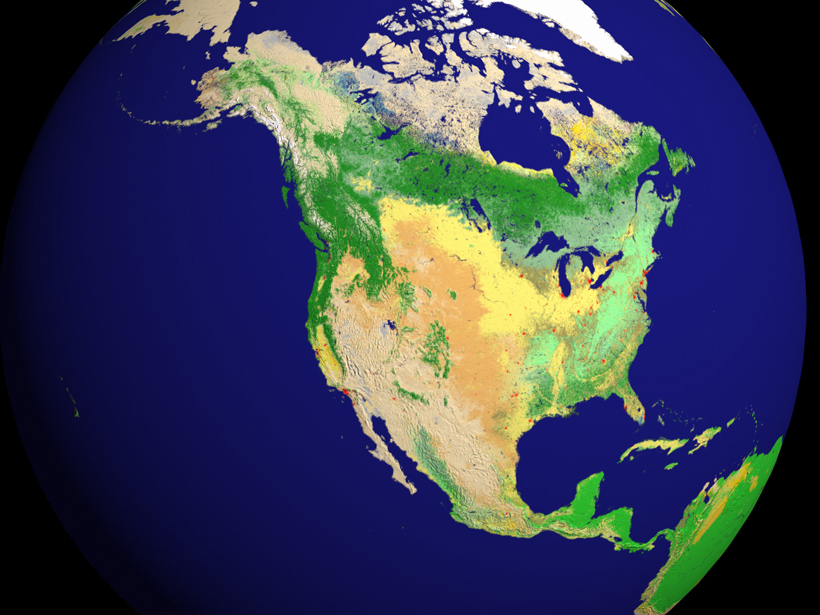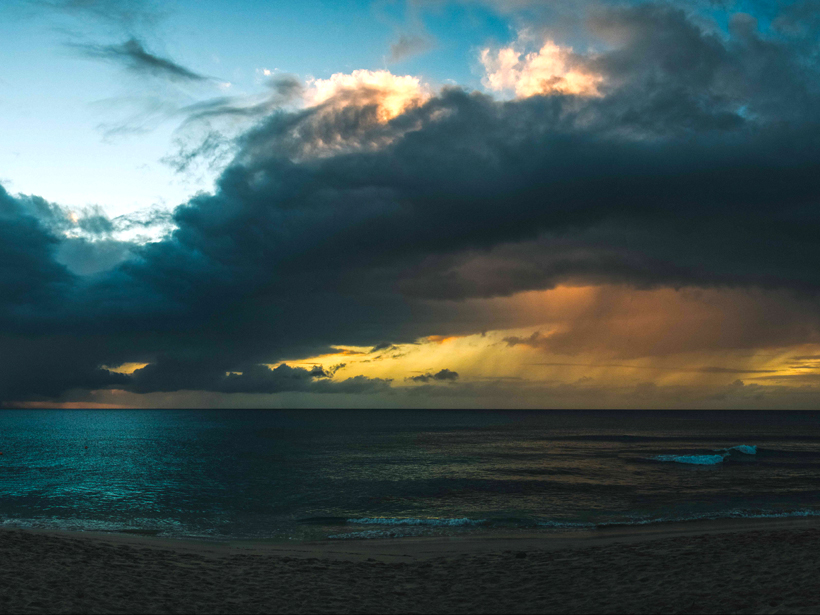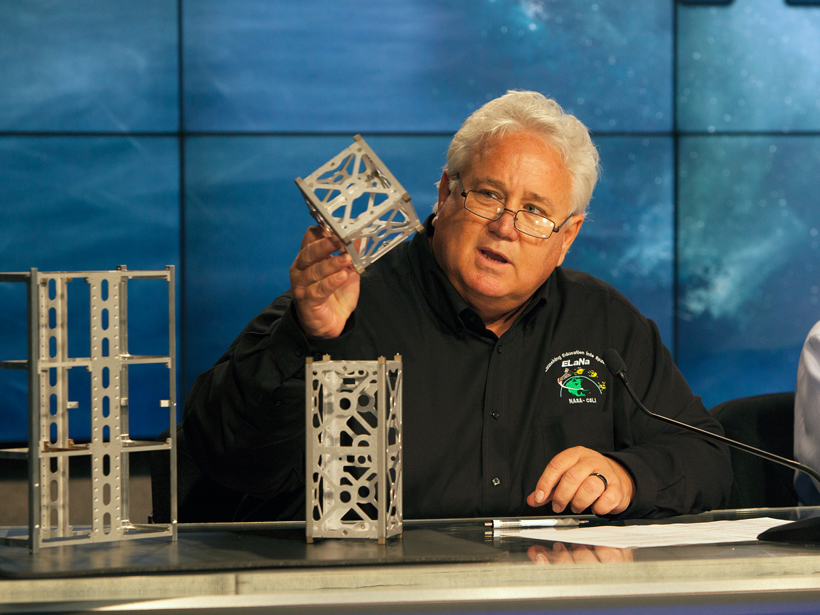New satellite-based analysis of forest cover in the humid tropics from 1990 to 2010 contradicts previous estimates of rate of loss.
Authors who want CC-BY-NC 2015
New Clues to Mysterious Hiss in Earth's Plasmasphere
An analysis of the electromagnetic "hiss" that surrounds Earth reveals it's not just static; there's a signal hidden within, which may help scientists uncover its source.
Integrating Carbon Cycle Research into Decision-Making Processes
North American Carbon Program Principal Investigators Meeting; Washington, D. C., 26–29 January 2015
Climate Woes Real, Say Most in U.S., Canada, but Differ on Cause
Two new surveys find that although large majorities of Americans and Canadians think that global warming is happening, relatively few of them think humans are causing it.
Aerosol Cutbacks May Bring Tropical Rains Farther North
Lower anthropogenic aerosol emissions in the 21st century may lead to warming that drives the Intertropical Convergence Zone northward.
Urbanization Affects Air and Water in Italy's Po Plain
Satellite and ground-based measurements show a correlation between urban growth and increased levels of pollutants.
NASA Selects Launch Vehicles for Small Satellites
Miniature satellites offer new opportunities for science, commerce, and education. With new launch vehicles, these satellites will fly as primary payloads rather than hitchhiking on bigger missions.
A Cooler Climate Would Trigger More Tropical Cyclones
New model reveals tropical cyclones could form at lower sea surface temperatures than previously thought.
Subsurface Craters Expose the Moon's Dramatic Past
Scientists use the gravity signature of the lunar surface to trace the history of impact cratering and its role in the Moon's evolution.
Woody Vines Limit How Much Carbon Tropical Forests Sequester
Vines called lianas, which store less carbon than trees, are winning the competition for sunlight and water.









